Iranian Identity: A Journey through Tradition and Modernity
Introduction
In the tapestry of global cultures, few are as intricate and richly woven as that of Iran. Iranian identity is a mosaic of tradition and modernity, shaped by centuries of history, religion, art, and socio-political dynamics. In this exploration, we embark on a journey to uncover the essence of Iranian identity, delving into its traditional roots while tracing its evolution in the modern era.
Traditional Influences: A Tapestry of Heritage
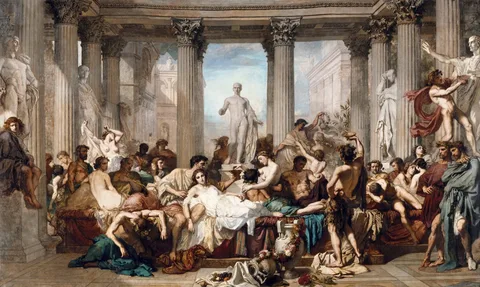 |
| Iranian Identity: A Journey through Tradition and Modernity |
Iran, formerly known as Persia, boasts a cultural heritage that stretches back millennia. At the heart of its traditional identity lies Zoroastrianism, one of the world's oldest monotheistic religions, which flourished in ancient Persia. The teachings of Zarathustra emphasized the concepts of good thoughts, good words, and good deeds, shaping the moral fabric of Iranian society.
Persian literature is another cornerstone of Iranian tradition, with poets like Rumi and Hafez revered for their timeless verses exploring love, mysticism, and the human condition. Persian rugs are renowned worldwide for their exquisite craftsmanship, each intricately woven with stories of Persian history and culture.
Modern Realities: Embracing Change
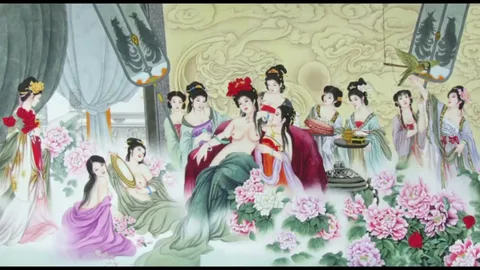 |
| Iranian Identity: A Journey through Tradition and Modernity |
While rooted in tradition, the Iranian identity is not static but dynamic, continually evolving in response to modern challenges and influences. The Islamic Revolution of 1979 marked a pivotal moment in Iran's history, ushering in an era of Islamic governance and social transformation.
Despite political and economic challenges, Iran has emerged as a regional powerhouse in various fields, including science, technology, and cinema. Iranian filmmakers like Abbas Kiarostami and Asghar Farhadi have garnered international acclaim, offering nuanced portrayals of Iranian society that challenge stereotypes and bridge cultural divides.
Navigating Cultural Dichotomies
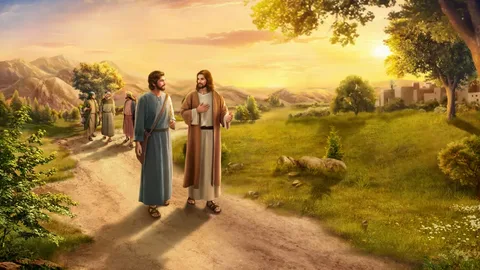 |
| Iranian Identity: A Journey through Tradition and Modernity |
The juxtaposition of tradition and modernity is evident in various aspects of Iranian life, from fashion to family dynamics. While traditional clothing such as the chador and khanom sar are still prevalent, especially in rural areas, urban centers like Tehran exhibit a vibrant street style influenced by global fashion trends.
Family remains central to Iranian society, with strong kinship ties and respect for elders shaping social interactions. However, shifting demographics and changing gender roles are reshaping familial dynamics, with women playing increasingly prominent roles in public life and the workforce.
Celebrating Iranian Cultural Heritage
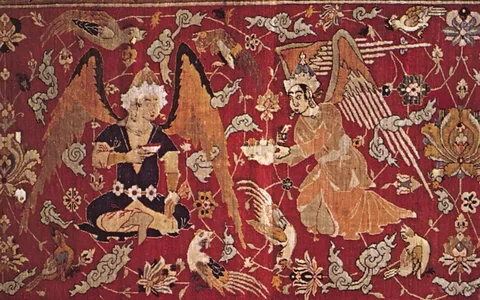 |
| Iranian Identity: A Journey through Tradition and Modernity |
Amidst the complexities of modern Iran, a deep sense of pride in cultural heritage prevails. Nowruz, the Persian New Year, is celebrated with gusto, symbolizing renewal and the triumph of light over darkness. Haft-Seen, a traditional table setting adorned with seven symbolic items, heralds the arrival of spring and new beginnings.
Iranian cuisine is a culinary delight, characterized by aromatic spices, fragrant rice dishes, and succulent kebabs. Tahdig, the crispy rice crust coveted by all, is a testament to Iranians' culinary ingenuity and love for savory delights.
Conclusion
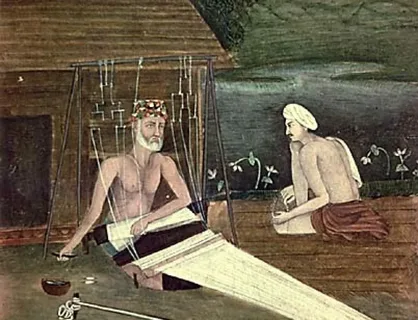 |
| Iranian Identity: A Journey through Tradition and Modernity |
The Iranian identity is a testament to the resilience of a people who have navigated the ebb and flow of history with grace and dignity. Rooted in ancient traditions yet embracing the winds of change, Iranians embody a spirit of resilience, creativity, and cultural pride that transcends borders and defies stereotypes.
As we unravel the layers of Iranian identity, we are reminded of the richness and diversity of human experience. In a world often marked by division and discord, the Iranian journey serves as a poignant reminder of the power of culture to unite, inspire, and transcend.


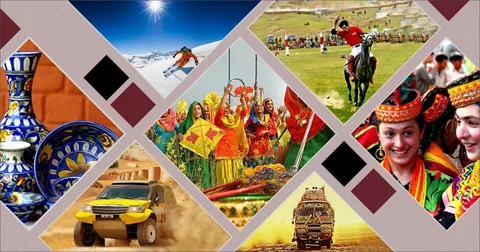

.png)




0 Comments